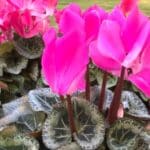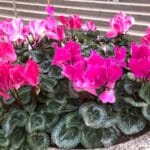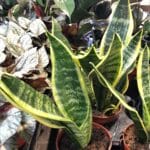Lucky bamboo is a plant that many people grow for more than just its looks. This plant is believed to bring great fortune and makes a cherished gift. Whether you are superstitious or not, the plant is certainly attractive and interesting enough to earn a place in your collection.
This plant is easy to grow and care for and will survive in a vase of water with pebbles or gravel, or can be planted in soil. Read on to learn everything you need to know about lucky bamboo care.
Although it may resemble bamboo, the Chinese water bamboo is neither a true bamboo plant nor is it from China. It is in fact an unrelated Dracaena plant from Africa.
These plants are often available with their stems growing in interesting shapes like spirals, hearts, and braids. Of course, the species does not naturally grow in this form, but rather, their stems are trained this way by careful manipulation and by encouraging the plant to grow towards a light source.
The plant grows from upright green stems and has elongated leaves that measure up to 10 inches (25cm) long and 2 inches (5cm) wide. Unfortunately, these plants do not usually flower when grown indoors, but their interesting growth form and foliage more than makes up for their lack of blossoms.
Plant Facts
| Scientific name | Dracaena sanderiana |
| Common names | Lucky bamboo, ribbon plant, water bamboo, Chinese water bamboo, friendship bamboo |
| Family | Asparagaceae |
| Plant Type | Evergreen houseplant |
| Height and Width | 1-3 ft. tall (indoors), 1–2 ft. wide (indoors) |
| Origin | Coastal West Africa |
| Flower colors | White |
| Foliage color | Light green, medium green |
| Sun Exposure | Bright indirect light |
| Soil Type & pH | Well-drained, slightly acidic to neutral soil |
| Special features | Low maintenance, good luck plant, vase plant |
How to Grow Lucky Bamboo Indoors
Lucky bamboo is a versatile plant that can be grown in either soil or water. This makes it a great plant for growing in vases or even aquariums. Read on for more growing tips.
Propagating Lucky Bamboo
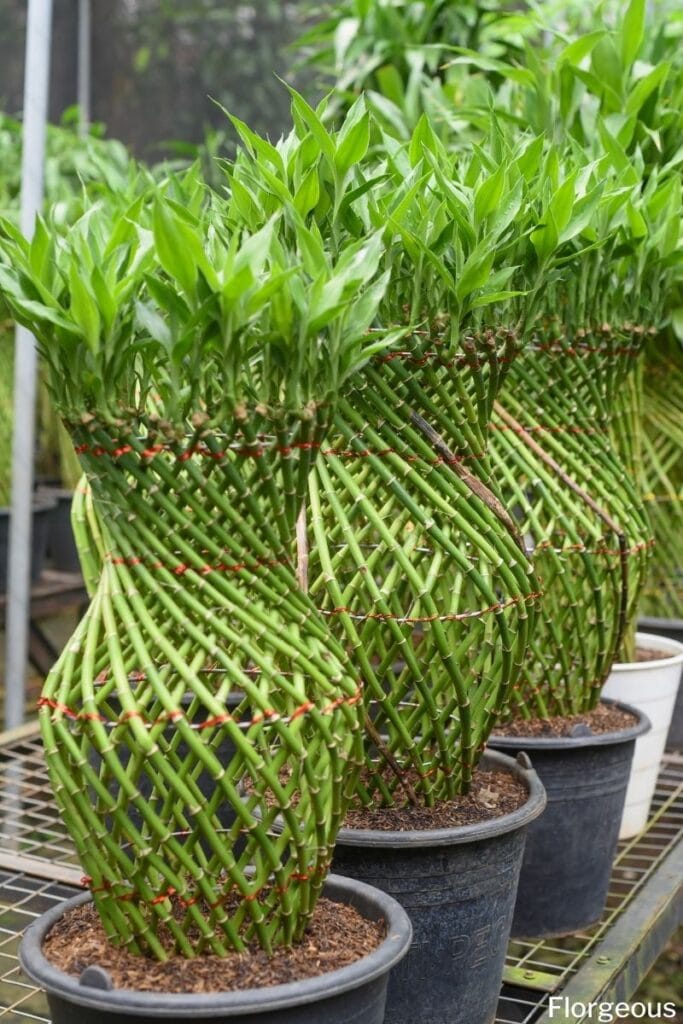
Lucky bamboo can be propagated by stem cutting quite easily and they will take root in either soil or water. The use of a rooting hormone powder may increase your success rate but is not strictly necessary.
To propagate lucky bamboo cuttings, start by taking 6-10 inch (15-25cm) long cuttings that include at least 2 nodes. Remove the lower leaves from these stem tip cuttings with a sharp instrument. These cuttings can then be set in pebbles in a vase of water, or a pot of soil.
Ensure that the node on your cutting is below the soil or water surface as this is where new roots will develop. A Cutting with 2 or even 3 nodes covered by the water or soil will provide even better results and roots will typically take about a month to grow.
Soil
Lucky bamboo plants are often bought as specimens rooted in water and gravel. Although many growers choose to keep their plants rooted in water only, these plants do grow naturally in soil and will grow faster and stronger in their natural environment.
Select a rich, well-drained potting mix or a soil designed specifically for succulents for best results. A coarse substrate with good aeration is ideal.
Pruning
You can remove unhealthy or dead leaves on your lucky bamboo plant by cutting them off with a sharp, clean pair of pruning scissors. Of course, unhealthy leaves should be removed entirely as they will not survive if cut in half.
If you wish to trim your lucky bamboo to neaten it, you can trim the leaf stalks to encourage denser regrowth and shorten the plant. Take care not to cut the bamboo stalks too close to the stem if you would like them to regrow. Cutting an inch (2.5cm) or two from the main stem is recommended.
To drastically shorten your plant, you may need to cut the main stem. Cut just above a node at a 90-degree angle with a clean sharp tool and the plant will sprout a new stalk from the node.
Repotting and Transplanting
When your plant begins to outgrow its container, you will need to transplant it to provide it with a little more room. Repotting lucky bamboo from water to soil will also increase its healthy growth rate and general health.
If you keep your plant in water only, transplanting is as simple as selecting a new container, moving the plant over, and refilling the water to the same height. Remember to use room temperature distilled or bottled water for this plant.
Placing lucky bamboo from water to soil will be quite a shock, and the plant may lose leaves as it adjusts to a drier environment. Remove these leaves and give the plant a chance to acclimate and regrow even stronger than before.
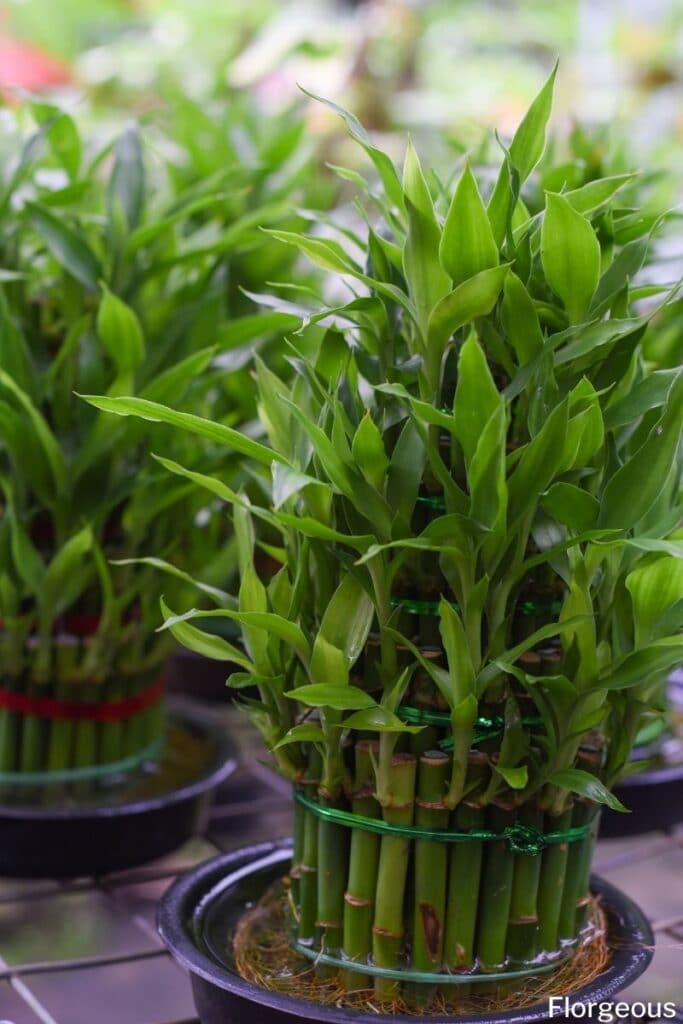
Lucky Bamboo Care Guide
Lucky bamboo is a very easy plant to care for. They are not very demanding and do well in low light, making them a perfect choice as a beginner houseplant or gift for those without green thumbs. Read on for more specific care information.
Water
The lucky bamboo is quite a water lover. So much so that these plants are often grown in water and gravel only in vases and even aquariums. They will, however, grow better in soil that is kept evenly moist. These plants are known to be sensitive to chemicals found in tap water and therefore reverse osmosis, filtered water or rainwater are best.
If growing this plant in a vase, be sure to replace the water every second week or so and keep the fresh water to the same level. Use an opaque container to prevent any algae blooms in the water and be sure to remove any fallen leaves to prevent fouling. The water level should be at least 2 inches (5cm) or so, or enough to cover all the roots.
If you are growing your plant in soil, you can water less frequently in the winter when the plant’s growth will slow. In very dry environments, misting the plant regularly, once or twice a week, might be necessary.
See more: How to Grow Lucky Bamboo in Water
Sunlight
Lucky bamboo (Dracaena sanderiana) thrives indoors and is nearly indestructible, making it ideal for novice gardeners. Despite its name, it’s not related to true bamboo. For optimal growth, provide bright, filtered sunlight—similar to what’s found under a rainforest canopy.
Avoid too much direct sunlight, which can scorch the leaves. Lucky bamboo tolerates too little light better than excessive light. If the plant stretches or fades, increase the light exposure. Regularly rotate the plant to ensure even light distribution.
Temperature and Humidity
Lucky bamboo grows perfectly well in regular indoor temperatures. A range of between 60°F and 80°F (16-27°F) is ideal, but do not let the plant get colder than about 50°F (10°C). These plants can be grown outdoors in USDA hardiness zones 9-12.
The temperature of the water you keep your plants in is also important, so make sure the water you use is also within the plant’s preferred range. This applies particularly when replacing the water in vase-grown specimens, but it is also good practice to provide soil-grown plants with tepid water.
Fertilizer
Your lucky bamboo plants can be fed twice a year in the summer and spring if grown in soil. However, be cautious not to provide too much fertilizer. Plants grown in water should be fed with a few drops of diluted liquid fertilizer more frequently since you will replace the water regularly.
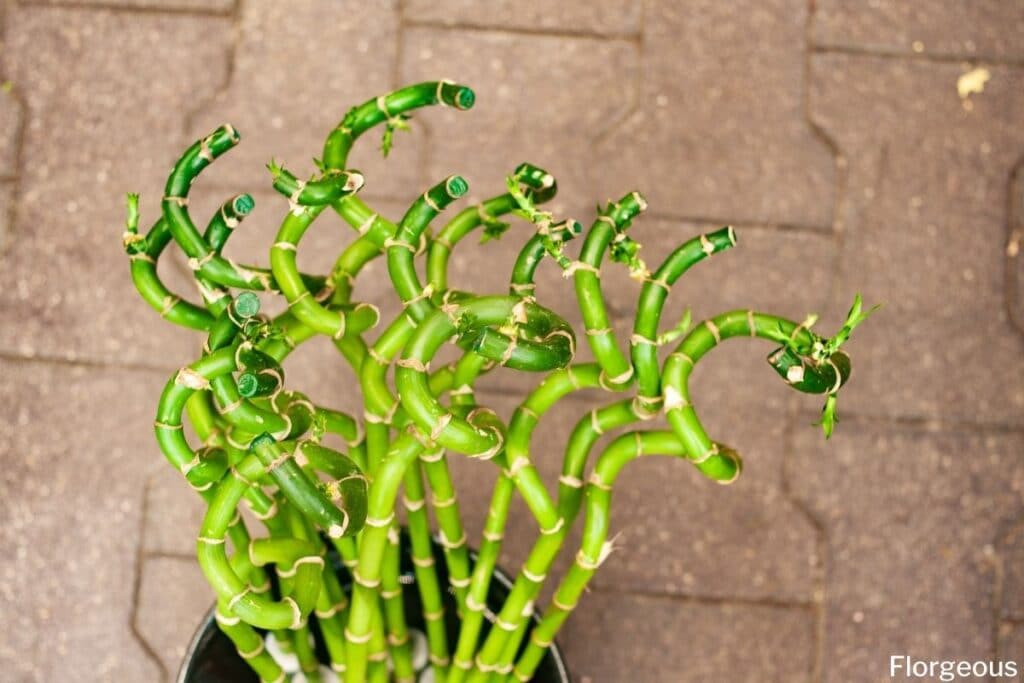
Pest and Diseases
The lucky bamboo plant is very easy to care for and usually has very few problems with pests and disease. Unhealthy lucky bamboo plants are usually caused by mealybugs and mites. Root rot from overwatering and browning leaf tips from low humidity or chemicals in tap water are also occasional issues.
Yellowing foliage is often the first sign of health problems, so look at the plant’s watering and light exposure if you see this happening. In the absence of any obvious causes, it might be time to consider moving to a soil medium when this occurs in older plants. Additionally, be cautious of providing too much sun, as it can lead to yellow leaves.
Common Varieties and Cultivars
Lucky bamboo is also available in two variegated cultivars known as ‘White Stripe Victory’ and ‘White Stripe Gold’. The latter differs by having a cream-yellow border to its white and green variegated foliage.
The most striking differences between the plants usually seen for sale are the forms in which their stems have been trained. While this is possible to do at home, it is a very slow process. Some of the most common shapes include:
- Spiraled
- Braided
- Heart-shaped
- Pyramid
- Layered
FAQs
Does lucky bamboo grow best in soil or water?
Lucky bamboo typically grows best when rooted in water rather than soil. It’s important to use clean, distilled water and change it every 1-2 weeks to prevent stagnation and algae growth.
Where should I put lucky bamboo in my house?
Place lucky bamboo in a location with indirect sunlight, as direct sunlight can scorch its leaves. Avoid placing it near air vents or drafts, and keep it away from extreme temperatures to prevent stress and leaf damage.
Is lucky bamboo dead when it turns yellow?
Yellowing leaves on lucky bamboo can indicate various issues, including overwatering, underwatering, or exposure to direct sunlight. While yellow leaves may not necessarily mean the plant is dead, addressing the underlying cause promptly can help revive it.
What does an overwatered lucky bamboo look like?
Overwatered lucky bamboo may display symptoms such as yellowing or browning of leaves, soft or mushy stems, and foul-smelling water. Adjusting the watering frequency and ensuring proper drainage can help prevent overwatering and revive the plant.
Can bamboo turn from yellow to green again?
In some cases, lucky bamboo with yellow leaves may recover and eventually turn green again if the underlying issue is addressed promptly. Adjusting watering practices, providing proper light conditions, and trimming damaged foliage can help stimulate new growth and restore the plant’s health. However, severe damage or neglect may prevent the plant from fully recovering.
Conclusion
In conclusion, these lucky bamboo care tips ensure their longevity and vitality as cherished indoor ornamentals. By adhering to the guidelines provided in this article, including proper watering, adequate light exposure, and occasional fertilization, enthusiasts can foster thriving specimens.
Attention to container choice and regular maintenance, such as trimming yellowing leaves and preventing root rot, are also crucial. With mindful care, lucky bamboo plants can continue to bring beauty, tranquility, and a touch of luck to any indoor space.


